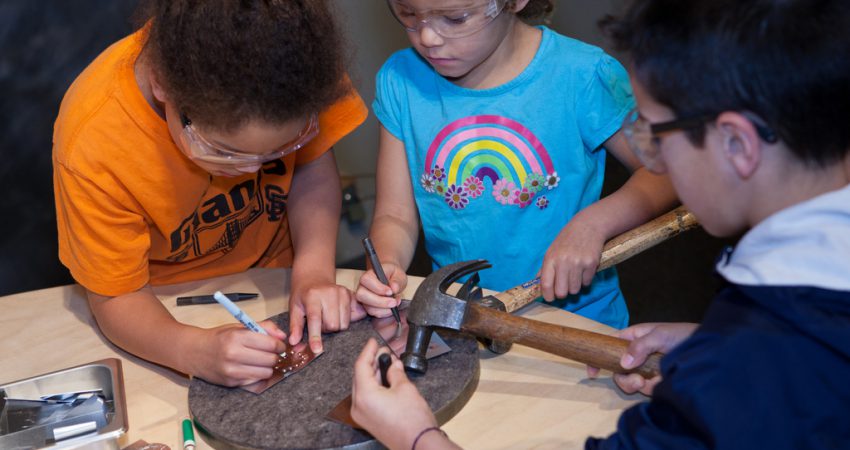
By Giovanna Scalone - June 2011
PAPER CITATION
Wilson, C.D., Taylor, J.A., Kowalski, S.M. & Carlson, J. (2010). The relative effects and equity of inquiry-based and commonplace science teaching on students’ knowledge, reasoning, and argumentation. Journal of Research in Science Teaching, 47(3), 276–301.
This study can be useful to ISE professionals as a source of ideas to guide their thinking about the usefulness and limitations of inquiry-based and commonplace science teaching in improving students’ knowledge, reasoning, and argumentation. The authors claim that while the educational landscape in the USA is embedded in accountability and evidence-based reform, in schools, what is predominantly used is commonplace practice (a knowledge transmission model). Moreover, there have been political, cultural, and technical implementation barriers in case of inquiry-based teaching. Most of the research on the effectiveness of inquiry-based materials and teaching are viewed as inconclusive. Consequently, this study explores the differences between the achievement of students who received instruction guided by an inquiry-based unit organized around the BSCS 5E Instructional Model and students who received instruction on the same content based on an instructional unit designed around commonplace (transmission model) teaching practices as defined by national surveys. Sleep, Sleep Disorders, and Biological Rhythms from the National Institutes of Health (NIH) Curriculum Supplement Series (BSCS, 2003) was the instructional unit selected for this study. This study, in which 58 students from 24 schools across urban, suburban, and rural areas were participated, sought to answer the following research question: What is the effectiveness of inquiry-based materials on student achievement as compared to commonplace materials?
The authors measured three outcomes: scientific knowledge, scientific reasoning through application of models, and construction and critique of scientific explanations. These learning goals align with those described in the National Science Education Standards (NRC, 1996, 2000).
In the study, the total test scores indicate that the students in the inquiry-based group had significantly higher post-test scores than students in the commonplace group. In terms of student reasoning, the authors found that students in the inquiry-based group gave significantly higher fraction of responses than students in the commonplace group. When looking at the effect sizes of the achievement gap for white and non-white students in both the pre-test and the post-test, the authors reached the conclusion that the teaching of science as inquiry mitigated the gap. Finally, the analysis of the argumentation scores from the standardized interviews showed that students in the inquiry group had significantly higher scores for claims, evidence, and reasoning than the students in the commonplace group.
Overall this study shows that students receiving inquiry-based instruction reached significantly higher levels of achievement in the National Science Education Standards promoted practices of scientific knowledge, reasoning, and argumentation than students who are part of commonplace instruction. Because state standards and tests continue to converge on the national standards, the authors suggest that inquiry-based teaching and learning is not discordant with the pressures of accountability and high-stakes testing.
References Cited:
BSCS. (2003). Sleep, sleep disorders, and biological rhythms. Bethesda, MA: National Institutes of Health (NIH) (NIH Publication No. 04-4989). NRC, 1996, 2000.
National Research Council (NRC). (1996). National science education standards. Washington, DC: National Academy Press.
National Research Council (NRC). (2000). Inquiry and the national science education standards. Washington, DC: National Academy Press.




